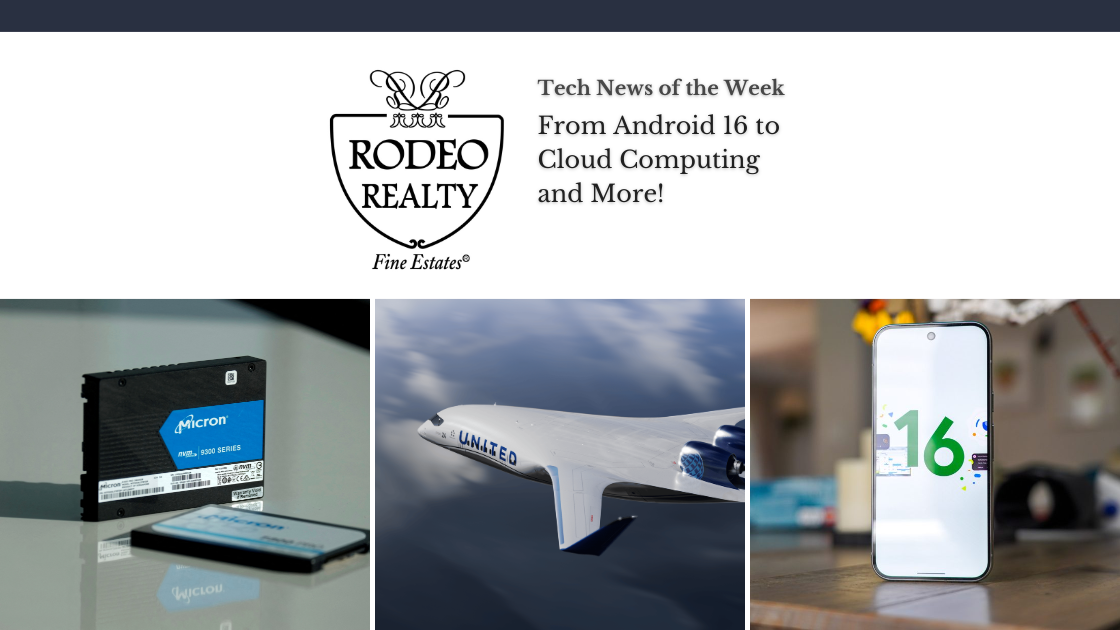Stay ahead of the curve with seven standout tech stories from the U.S. and Canada. From the Android 16 to breakthroughs in cloud computing, and more, we have you covered. Check out this week’s headlines showcasing the bold moves driving innovation across industries!
Texas Instruments Commits $60 B to U.S. Chip Manufacturing
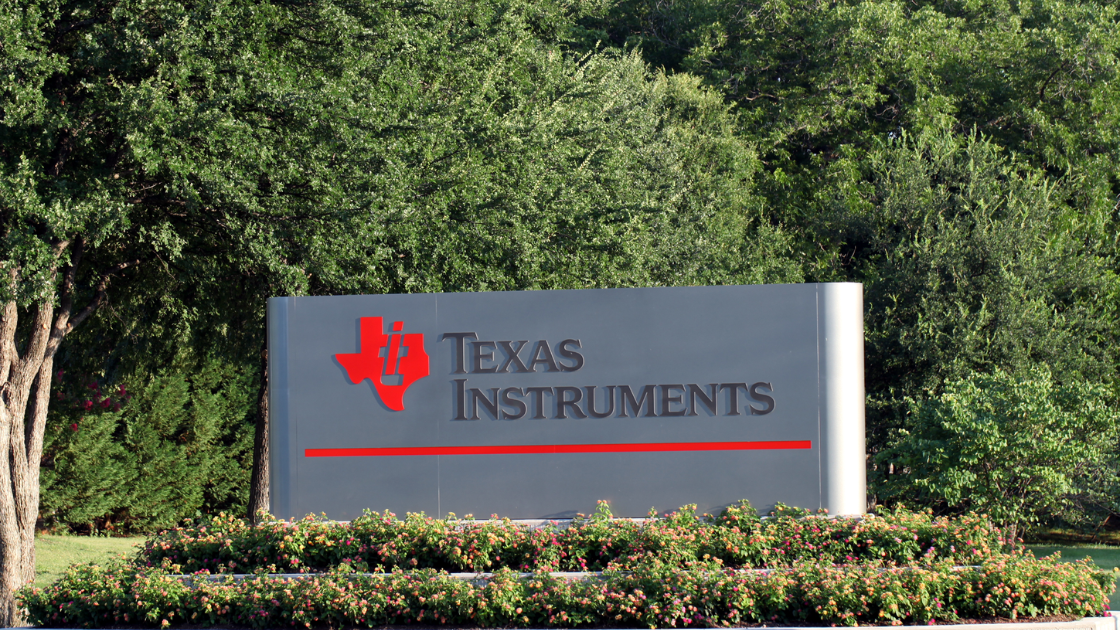
Texas Instruments announced plans to invest over $60 billion to build and expand seven semiconductor fabrication plants in Texas and Utah—the largest domestic chip investment in U.S. history. The new fabs will focus on analog and embedded-processor chips vital to smartphones, electric vehicles, and industrial equipment, and are projected to create more than 60,000 jobs across manufacturing, engineering, and support roles. This investment aligns with federal incentives under the CHIPS and Science Act aimed at reshoring advanced manufacturing and reducing reliance on overseas suppliers. Partnerships with major customers such as Apple, Ford, and SpaceX are planned to co-develop specialized process technologies and packaging solutions. Groundbreaking is set to begin by the end of 2025, with phased production ramps expected between 2027 and 2029.
Big Tech Seeks Federal AI Preemption for a Decade

Amazon, Google, Microsoft, and Meta have joined forces to lobby Congress for a ten-year moratorium preventing U.S. states from enacting their own AI regulations, advocating a unified national framework to foster innovation and avoid conflicting rules. The proposal, included in the House budget reconciliation bill, would bar states from regulating AI models or imposing mandates for ten years after enactment. Supporters contend that a single federal standard will maintain U.S. competitiveness—particularly against China—by providing clarity for developers and investors. Critics, including privacy advocates and some state attorneys general, argue the ban risks entrenching Big Tech’s power and removing essential consumer protections at the local level. The Senate is preparing its own version of the legislation, which may tie federal broadband funding to state compliance, setting the stage for a high-stakes policy battle.
Micron Boosts U.S. Investments by $30 B to Total $200 B
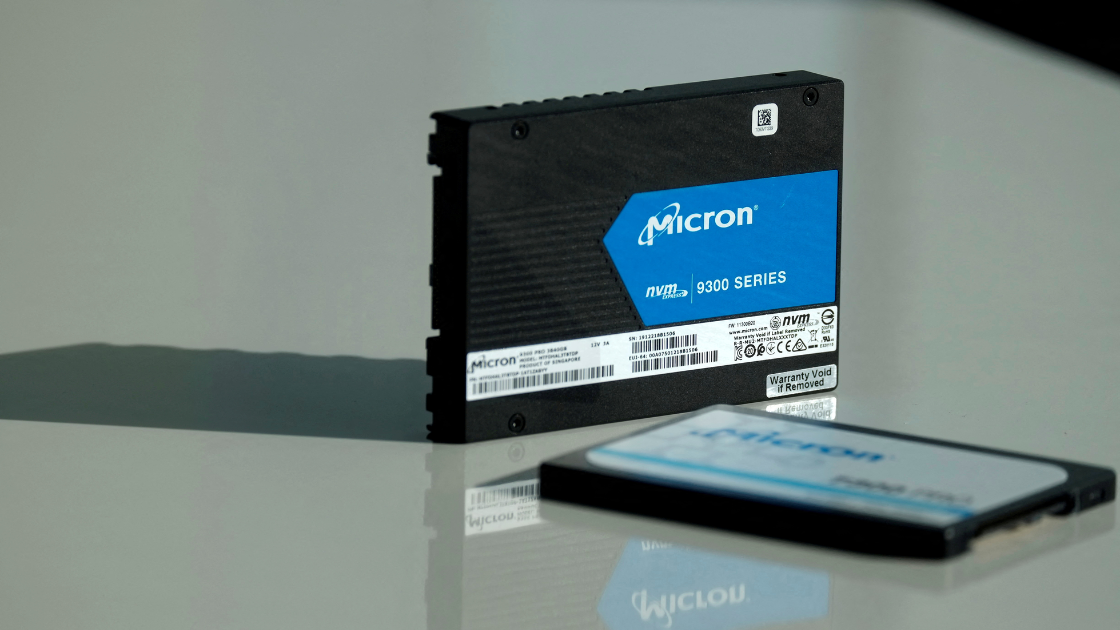
Micron Technology announced an additional $30 billion investment in U.S. memory-chip manufacturing, bringing its total domestic commitment to $200 billion. The expansion includes new DRAM and NAND fabs in Boise, Idaho, and Manassas, Virginia, aimed at meeting surging demand from data centers, mobile devices, and AI applications. Micron will also allocate $50 billion toward R&D for advanced packaging and high-bandwidth memory technologies essential to next-generation AI systems. Executives emphasize that these investments enhance supply-chain resilience and stimulate local economies through job creation and partnerships with technical institutions. Production ramp-up is slated to begin in late 2026, with full capacity by 2028 to support global customer needs.
Android 16 Arrives on Pixel; Samsung Teases AI-Enhanced Foldables

Google began rolling out Android 16 to Pixel devices this week, introducing desktop-style windowing for tablets. In addition, Android 16 features LE Audio support for hearing aids, and advanced protection modes for sensitive apps. The update also brings a new Pixel VIPs widget for quick access to favorite contacts and generative AI stickers within Gboard. At its recent developer event, Samsung previewed the Galaxy Z Fold 7, showcasing AI-powered camera modules. The new models automatically adjust framing and exposure based on scene recognition. Leaks hint at a Galaxy Watch 8 Classic variant featuring premium materials, a refined squircle design, and extended battery life. Both companies are emphasizing personalization, accessibility, and intelligent hardware integration in their latest software and device upgrades. Of course, the arrival of Android 16 brings continued innovation to Pixel devices.
JetZero to Build $4.7 B Aircraft Plant in North Carolina
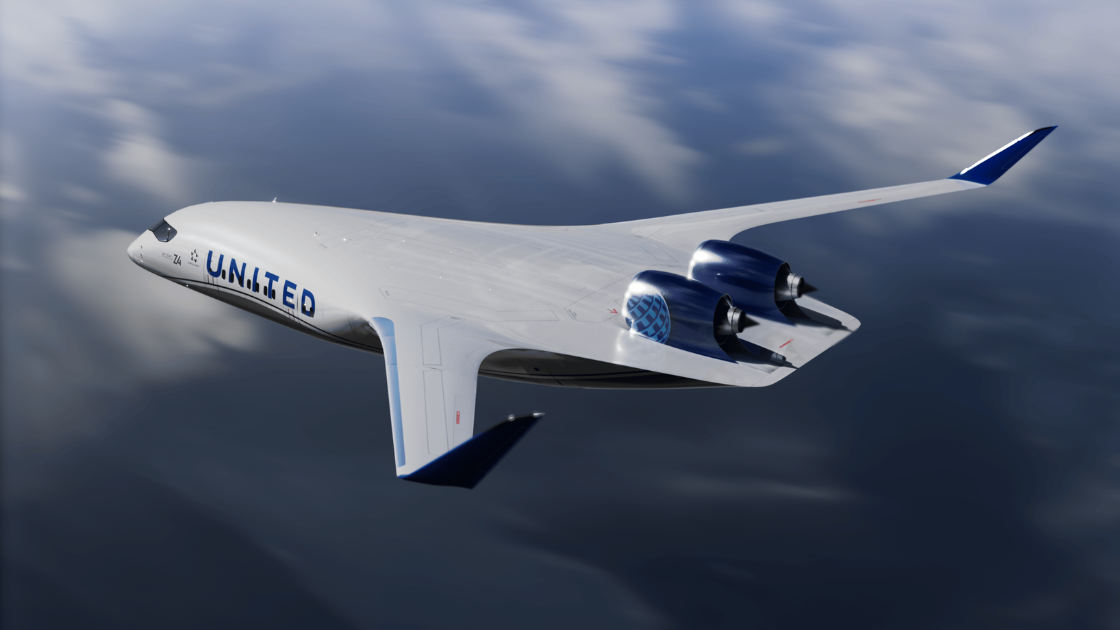
JetZero, backed by United and Alaska Airlines, will invest $4.7 billion to establish its first manufacturing facility and corporate headquarters in Greensboro, North Carolina. The plant will produce the Z4 blended-wing-body passenger jet, promising 50% better fuel efficiency and a quieter cabin, with conditional orders for up to 200 aircraft. The project is the largest in North Carolina history and is expected to create over 14,500 jobs by 2036, alongside $450 million in airport infrastructure upgrades. An on-site R&D center will support advanced composite structures and sustainable aviation fuel research, in collaboration with the U.S. Air Force and NASA. Construction kicks off in early 2026, with the first test jets anticipated in 2028, marking a major boost for domestic aerospace manufacturing.
AWS Cuts EC2 GPU Prices & Enhances Amazon Q Developer
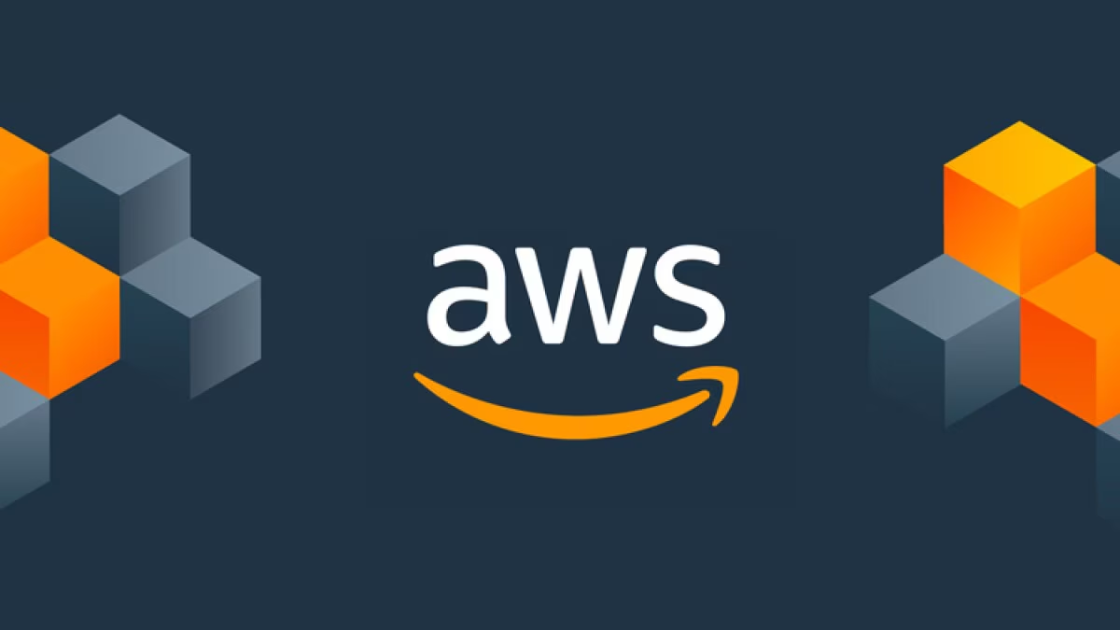
AWS announced up to 45% price reductions on NVIDIA-accelerated EC2 GPU instances. In its June 9 AWS Weekly Roundup, Amazon also introduced agentic capabilities for Amazon Q Developer. Likewise, this enables autonomous chaining of queries. In addition, it allows for API invocations and context retention across multi-step workflows within the AWS Console, Teams, and Slack. These updates aim to empower developers and enterprises with more cost-effective and intelligent cloud tools.
SpaceX Conducts Static-Fire Test of Super Heavy Booster
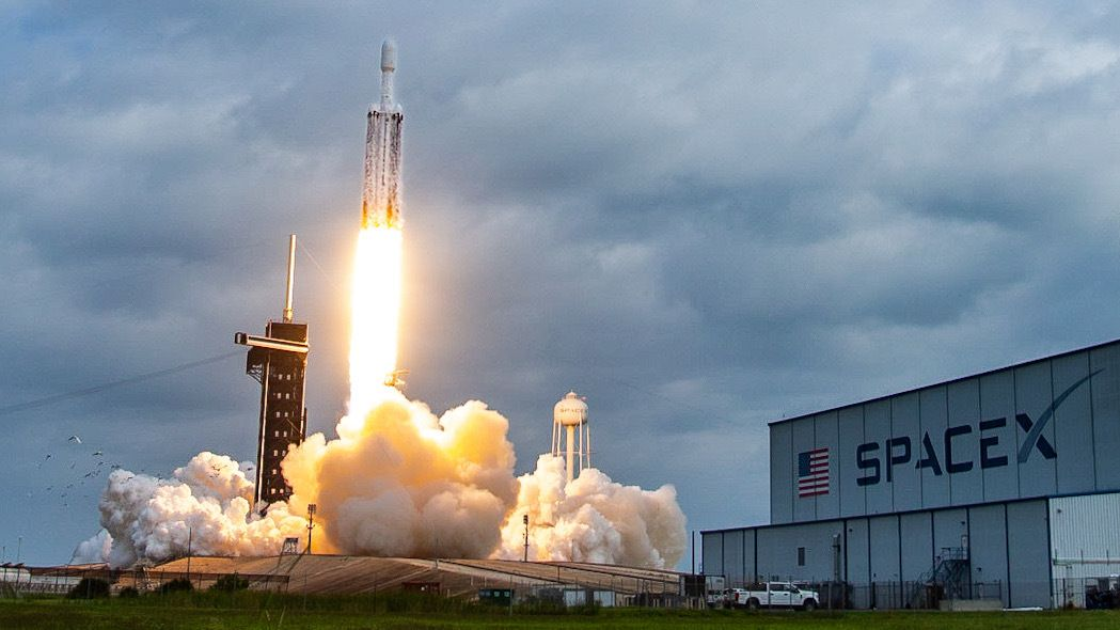
On June 6, SpaceX conducted a full-duration static-fire of all 33 Raptor engines on its Super Heavy booster at Starbase. The static fire signifies a critical milestone before the 10th fully stacked Starship launch. The extended burn validated thermal management and structural integrity under load. Likewise, this test also marks the booster’s fourth static fire since its debut and follows recent reflights. Of course, the latter showcases SpaceX’s progress toward rapid reusability of its core launch hardware. Pending FAA clearance and final safety reviews, SpaceX aims to attempt orbital flight later this month. Overall, SpaceX aims to accelerate its cadence of Starship missions to support frequent flights to low Earth orbit and beyond.
